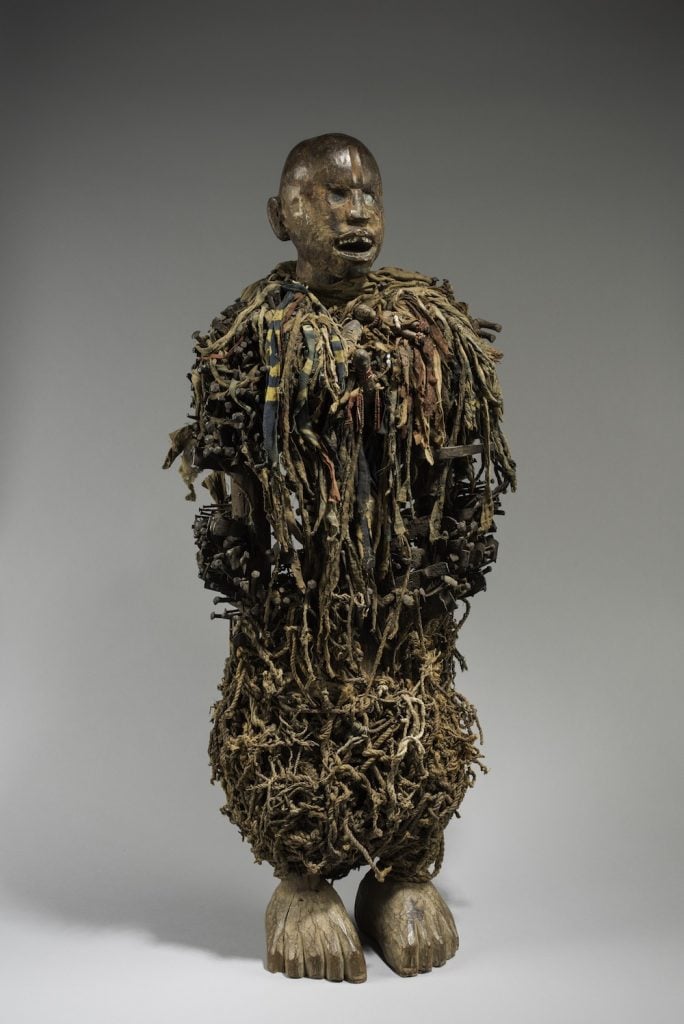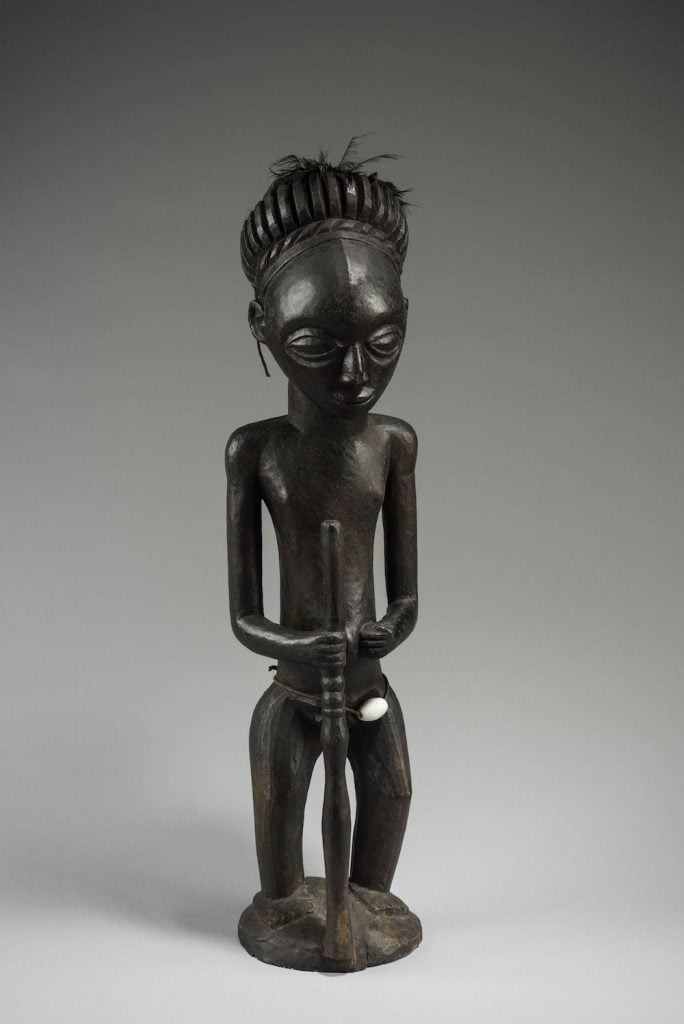Politics
Belgium Will Seek a Partnership With the Democratic Republic of Congo to Begin Returning Plundered Artworks
"They don't belong to us," a Belgian official said in reference to the objects.

"They don't belong to us," a Belgian official said in reference to the objects.

Eileen Kinsella

In a landmark decision, the Belgian government has approved a plan to restitute objects to the Democratic Republic of Congo (DRC) that were taken during Belgium’s colonial rule.
A government cabinet greenlit a proposal for a bilateral accord with the DRC “to take a coordinated and shared approach to the question of objects acquired in an illegitimate manner during the colonial era,” according to the Art Newspaper.
“They don’t belong to us,” Belgian official Thomas Dermine told the publication in reference to the objects.
“We fully agree with [Dermine’s] vision,” Guido Gryseels, the director of the Royal Museum of Central Africa in Tervuren, the largest institutional holder of colonial-era objects in Belgium. “Things that have been stolen or acquired by violence should be returned.”
Dermine did not immediately respond to Artnet News’s request for comment.
Gryseels confirmed that the museum has a restitution policy and has undertaken research on the collection, but noted that, to date, it had not received any restitution request from DRC.
He called Dermine’s vision innovative, noting that in cases where objects have been acquired through violence, a legal representative would travel to DRC to decide whether it should be returned or if the DRC would prefer a “rental fee.”
Dermine is “separating the legal ownership of the material from physical transfer. It’s very innovative, and he’s the first to do that,” Gryseels said.
The biggest challenge, he said, is financial.

Image courtesy the Royal Museum of Central Africa at Tervuren.
“It can only be feasible if [Dermine] gives additional means to do provenance research on our collection. At the moment, for a lot of objects, we simply don’t know where or when the exact process of ownership transfer happened.”
“Second, you cannot separate this from a program for strengthening capacity and for building new storage spaces and training people in restoration and management of collections” in DRC, he said.
“We share his vision, but it will take at least a year to operationalize the whole thing,” Gryseels added.
The proposed collaboration would include projects to conserve, research, inventory, and restore objects, and could involve Belgian government support for a national museum in DRC that opened in the city of Kinshasa in 2019.
The news follow a report given to the Belgian government last month by a panel of independent scholars and experts urging officials to identify objects that should be returned to DRC. It recommended officials create a neutral entity to evaluate requests and conduct provenance research.
Belgium controlled an enormous territory in central Africa, and particularly Congo, from the early 1900s through 1960. Missionaries, soldiers, and representatives of King Leopold II carried back items that in many cases were stolen. (The Royal Museum of Central Africa has a message on its website acknowledging that it is “not normal for such a large part of African cultural heritage to be found in the West.”)
Dermine told the Art Newspaper that about 280, or 0.3 percent, of the objects in the Royal Museum of Central Africa’s collection have been identified as loot, while around 60 percent were acquired legitimately. For the remaining 40 percent, acquisition circumstances remain unknown.